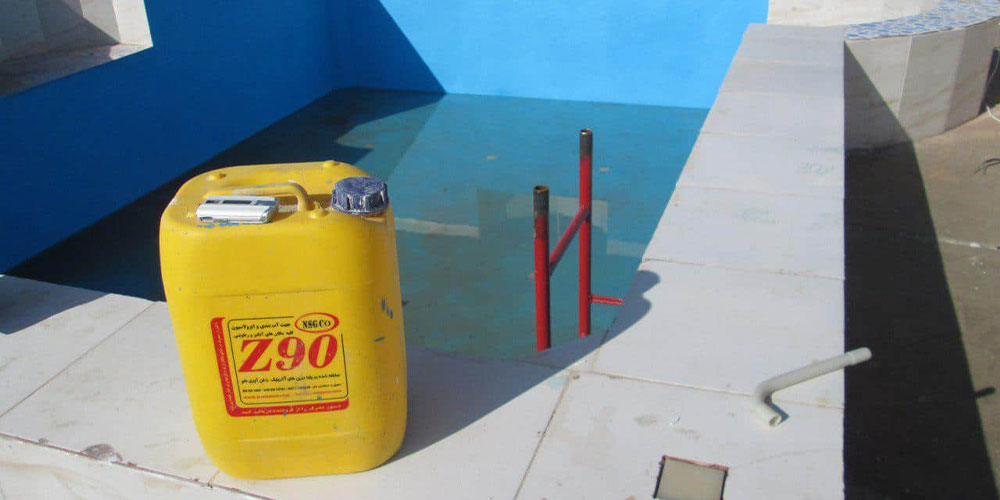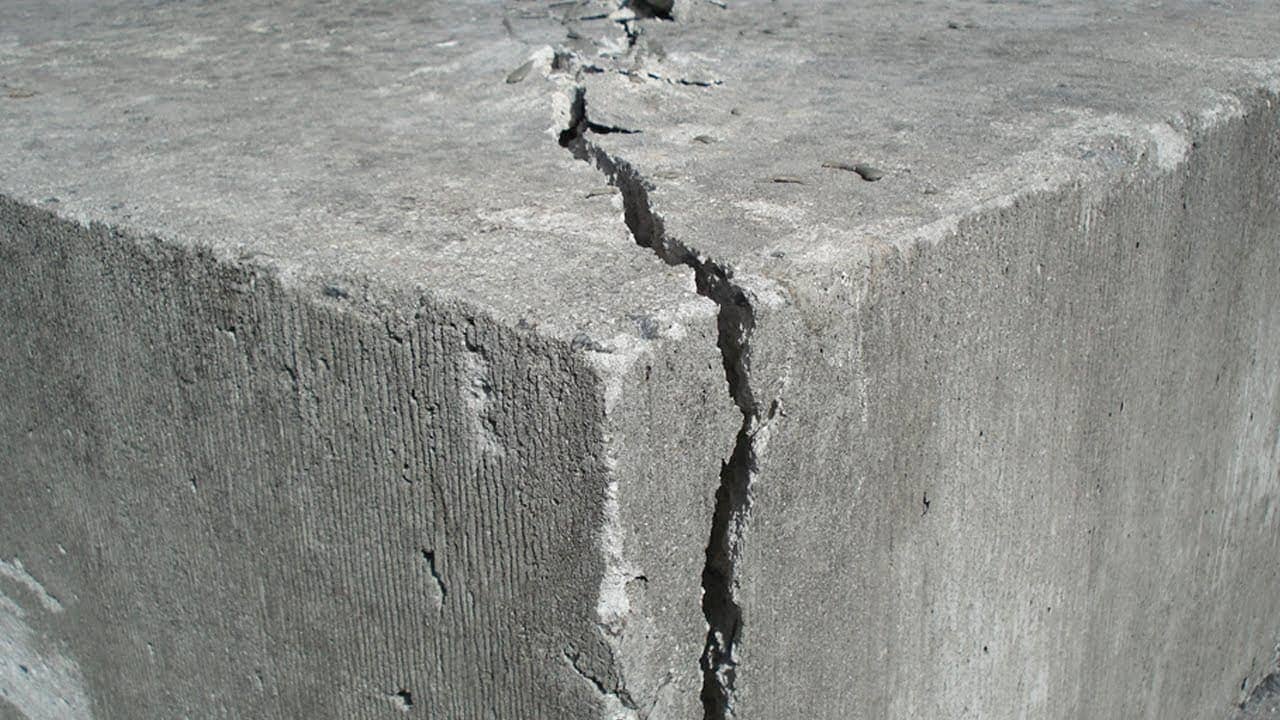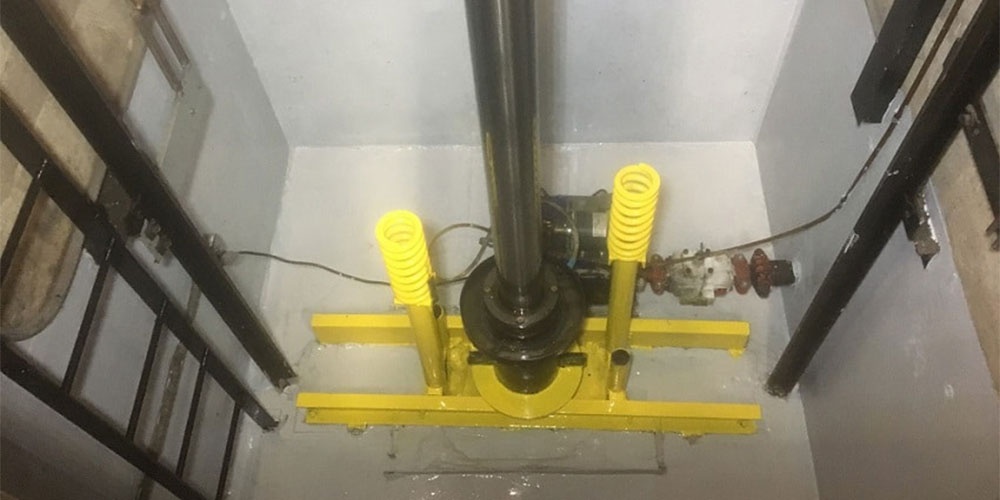Advantages of Nano Insulation:
The final layer of NSG company products is highly resistant to impacts and structural stresses due to its elastic (flexible) nature.
Heavy impacts can cause the underlying surface to become uneven, but this can be locally repaired with a slurry, resin, or mastic made using the same product. This repair method easily bonds to the previous layer.
Disadvantages of Insulation Materials:
Petroleum derivatives are vulnerable to structural settlements and may fail. Additionally, some traditional insulation materials, such as bitumen, can experience issues like tearing, puncturing, delamination, and detachment from surfaces.
It is worth noting that the invisibility of damage, lack of repairability, and inability to bond in petroleum derivatives create significant challenges. Accessing both new and old layers is extremely difficult, leading to substantial costs, including demolition and excavation, removal of all layers, and reloading onto old surfaces, along with labor costs and environmental pollution.









